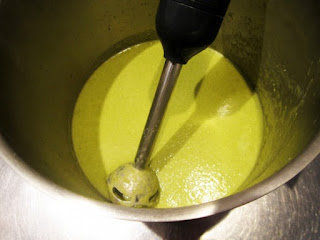First up: Nutritional Yeast. Because (lacto-ovo) vegetarians get their cheese-fix from dairy, many of them are not familiar with this ingredient. But because it imparts a “cheesy” taste to food, it is loved by vegans and other people who do not consume dairy. It’s not something that you see used in a lot of commercial food products (to the chagrin of us vegans), so you kind of have to be “in-the-know” to have heard about it. But it’s not that difficult to find and it’s even easier to use, so I really encourage you to try it if you haven’t already.
Facts
- It is a deactivated yeast and a fungus
- It is produced by culturing the yeast with a mixture of sugarcane and beet molasses for a period of 7 days, then harvesting, washing, drying and packaging the yeast
- The flakes are bright yellow in color
- It is a complete protein, meaning it contains an adequate proportion of all nine essential amino acid that we need to function
- It is a good source of protein and B vitamins (If you’re vegan, you should seek-out a brand that is fortified with B-12)
- It is low in fat and sodium and is free of sugar, dairy and gluten
- It has a strong nutty/cheesy flavor that can be added to any dish to impart a cheesy taste
Uses
- Grind it in a food processor with an equal part of blanched almonds to mimic Parmesan – this is great sprinkled on pasta!
- Add a tablespoon or two to risotto, quiches, cannelloni, stuffed mushrooms – anywhere you would normally use Parmesan or other cheese
- Sprinkle it on popcorn
- Blend it with nuts to make vegan cheese sauce, and soft or hard cheese
Tips
- This is a great alternative for vegans and those who are lactose-intolerant or trying to cut-back on dairy and/or fat
- Because of it’s strong smell/taste, some people find Nooch off-putting the first time they eat it (especially if they still eat dairy cheese and/or recently went vegan
- In my experience, the longer you’ve been vegan, the more likely you are to think that this tastes like “real cheese”
- When trying nutritional yeast for the first time, start by sprinkling it on pasta (to mimic Parmesan) or using a tablespoon or two in other savory dishes, such as those mentioned above













